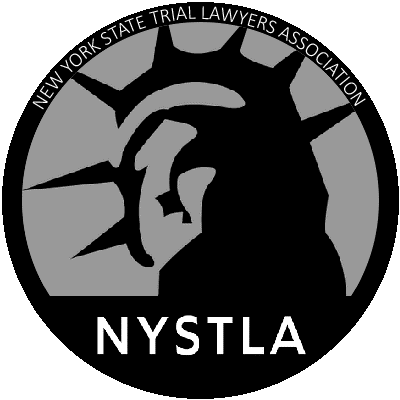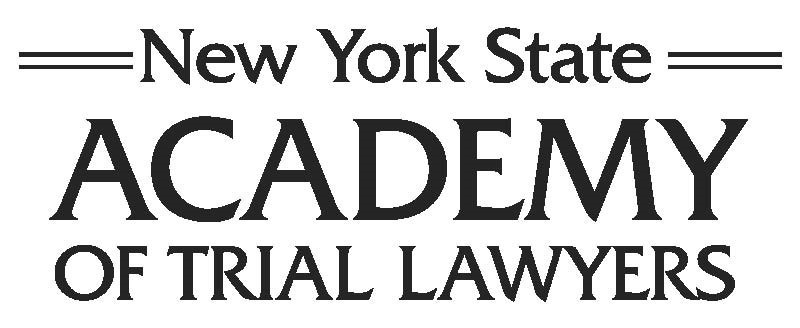Burden Of Proof
BURDEN OF PROOF
The person bringing the lawsuit, the plaintiff, has the burden of proving the elements of his lawsuit. In a civil case, the plaintiff must prove his case by a preponderance of the evidence. That means that he must prove a fact and his damages by showing that something is more likely so than not, i.e. 50.1% versus 49.9%.
If the judge or jury believes the plaintiff and defendant equally, the plaintiff has failed to meet his burden of proof and his claim must fail. In other words, the tie goes to the defendant. The defendant does not have to prove anything. The defense is free to simply poke holes in the case of the plaintiff.
There are limited circumstances in which the defendant must prove a defense. This usually arises when the defendant has raised what is known as an affirmative defense. Also, if the defendant attempts to blame a third party, he is usually required to prove his case against that third party by a preponderance of the evidence.
If the plaintiff has successfully proves that a fact is more likely so than not, it must be accepted as true by the judge or jury. In criminal cases, the prosecution must prove its case beyond a reasonable doubt. This higher burden of proof is required in criminal cases because of the deprivation of freedom (incarceration) or life (in death penalty states). In civil cases, the remedy is usually the payment of money. Thus, the burden of proof is less.
Most jurisdictions provide guidelines for proving a case. For instance, when there are no genuine issues of material fact regarding a claim, a party may move for summary judgment. In a summary judgment motion, the moving party asks the court to decide the issue as a matter of law since the facts involving that issue are not disputed. In instances where the facts clearly entitle one side to a verdict in their favor, the court can grant a summary judgment in their favor and prevent the jury from deciding the issue.
In particular types of cases, the law requires that the plaintiff prove his case with expert testimony. For instance, in medical malpractice cases, it is not enough for the plaintiff to present factual evidence to the jury to succeed. The plaintiff must prove that malpractice occurred through the expert testimony of physicians in the same specialty as the defendant physician.
Some laws provide a presumption of proof. For instance, when a driver rear-ends another vehicle, most jurisdictions provide that there is a presumption of negligence on the rear-ending driver. The burden then shifts to that driver to prove that he was not negligent in hitting the rear of the plaintiff’s vehicle. There may also be laws providing a presumption that the plaintiff’s damages were caused by the injuries if before the accident the plaintiff was in good health, but commencing with the accident suffers symptoms continuously.













